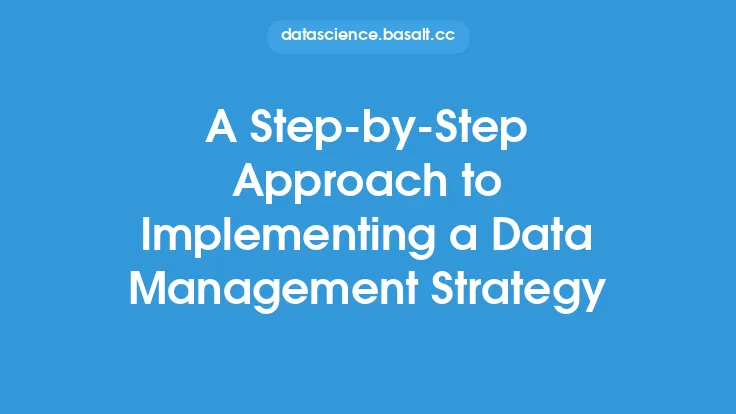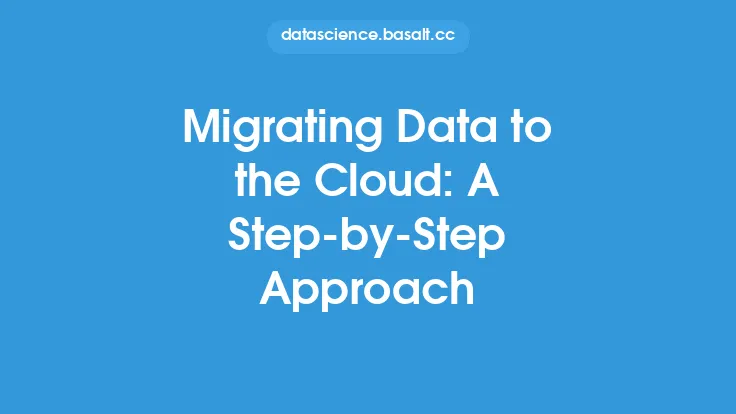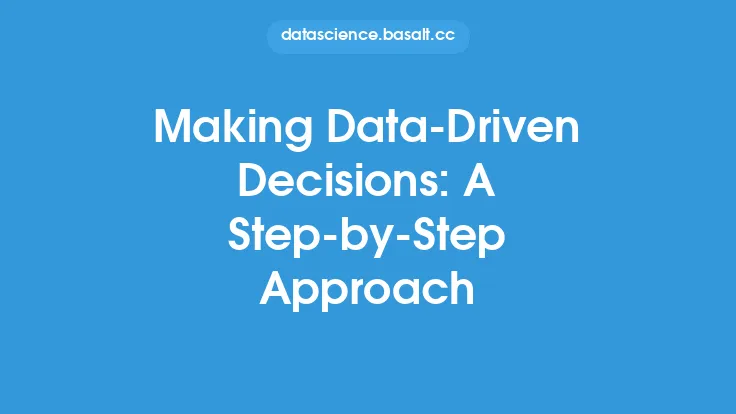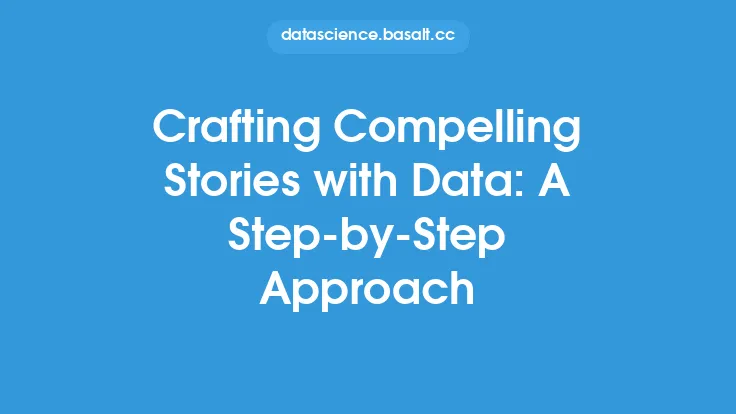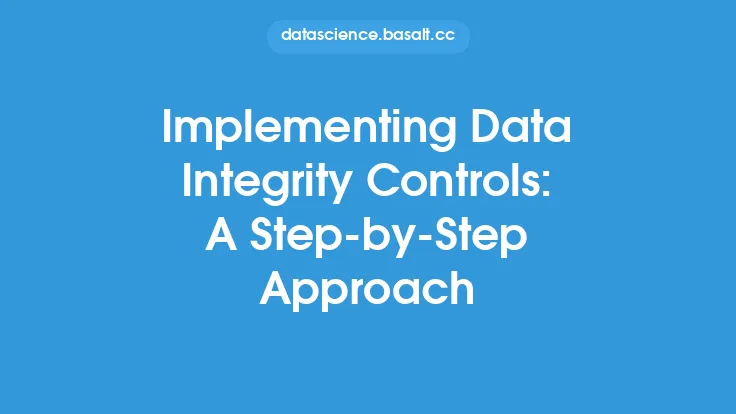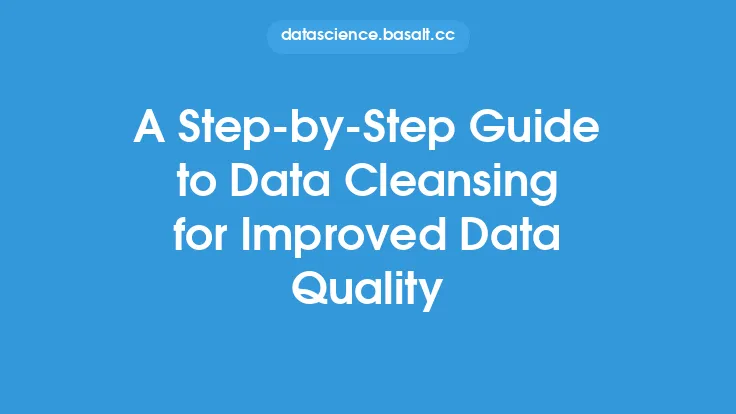When it comes to data integration project planning, a well-structured approach is essential to ensure the successful execution of the project. Data integration involves combining data from multiple sources into a unified view, and it requires careful planning to achieve the desired outcomes. In this article, we will outline a step-by-step approach to data integration project planning, covering the key aspects that need to be considered.
Introduction to Data Integration Project Planning
Data integration project planning involves several stages, from defining the project scope to deploying the integrated data solution. The planning phase is critical, as it sets the foundation for the entire project. A thorough understanding of the project requirements, data sources, and integration methods is necessary to create a robust plan. The plan should include the project timeline, budget, resources, and risk management strategies.
Defining Project Scope and Objectives
The first step in data integration project planning is to define the project scope and objectives. This involves identifying the business needs and goals that the data integration project aims to achieve. The project scope should include the specific data sources, systems, and stakeholders involved. The objectives should be clear, measurable, and achievable, and they should align with the overall business strategy. For example, the project objective might be to integrate customer data from multiple sources to create a single customer view, enabling better customer service and targeted marketing.
Identifying Data Sources and Systems
The next step is to identify the data sources and systems that will be involved in the integration project. This includes databases, files, applications, and other data repositories. The data sources should be evaluated for their quality, format, and accessibility. The systems should be assessed for their compatibility, scalability, and security. A thorough inventory of the data sources and systems will help to determine the best approach for data integration.
Selecting Data Integration Methods
There are several data integration methods to choose from, including ETL (Extract, Transform, Load), ELT (Extract, Load, Transform), and data virtualization. The choice of method depends on the project requirements, data complexity, and system constraints. ETL is a traditional method that involves extracting data from sources, transforming it into a standardized format, and loading it into a target system. ELT is a more modern approach that involves loading data into a target system and then transforming it. Data virtualization involves creating a virtual layer that integrates data from multiple sources in real-time.
Designing the Data Integration Architecture
The data integration architecture should be designed to meet the project requirements and objectives. The architecture should include the data sources, integration methods, and target systems. It should also consider the data flow, data quality, and data security. A well-designed architecture will ensure that the data integration project is scalable, flexible, and maintainable. The architecture should be documented using diagrams, flowcharts, and other visual aids to facilitate communication and understanding.
Developing a Project Timeline and Budget
A project timeline and budget should be developed to ensure that the data integration project is completed on time and within budget. The timeline should include milestones, deadlines, and dependencies. The budget should include costs for personnel, hardware, software, and other resources. The timeline and budget should be regularly reviewed and updated to reflect changes in the project scope or requirements.
Identifying and Mitigating Risks
Risk management is an essential aspect of data integration project planning. Risks can include data quality issues, system downtime, and security breaches. The risks should be identified, assessed, and mitigated using strategies such as data validation, backup and recovery, and access controls. A risk management plan should be developed to ensure that risks are proactively managed and minimized.
Deploying and Testing the Integrated Data Solution
The final step in data integration project planning is to deploy and test the integrated data solution. The solution should be deployed in a controlled environment, and it should be tested for functionality, performance, and security. The testing should include data validation, system integration, and user acceptance. The solution should be deployed in phases, with each phase building on the previous one.
Monitoring and Maintaining the Integrated Data Solution
After the integrated data solution is deployed, it should be monitored and maintained to ensure that it continues to meet the project objectives. The solution should be regularly reviewed for data quality, system performance, and security. The maintenance should include updates, patches, and backups to ensure that the solution remains stable and secure. A maintenance plan should be developed to ensure that the solution is proactively maintained and improved.
Conclusion
In conclusion, data integration project planning is a critical aspect of data engineering that requires a structured approach. The approach should include defining the project scope and objectives, identifying data sources and systems, selecting data integration methods, designing the data integration architecture, developing a project timeline and budget, identifying and mitigating risks, deploying and testing the integrated data solution, and monitoring and maintaining the solution. By following this step-by-step approach, organizations can ensure that their data integration projects are successful, efficient, and effective.
